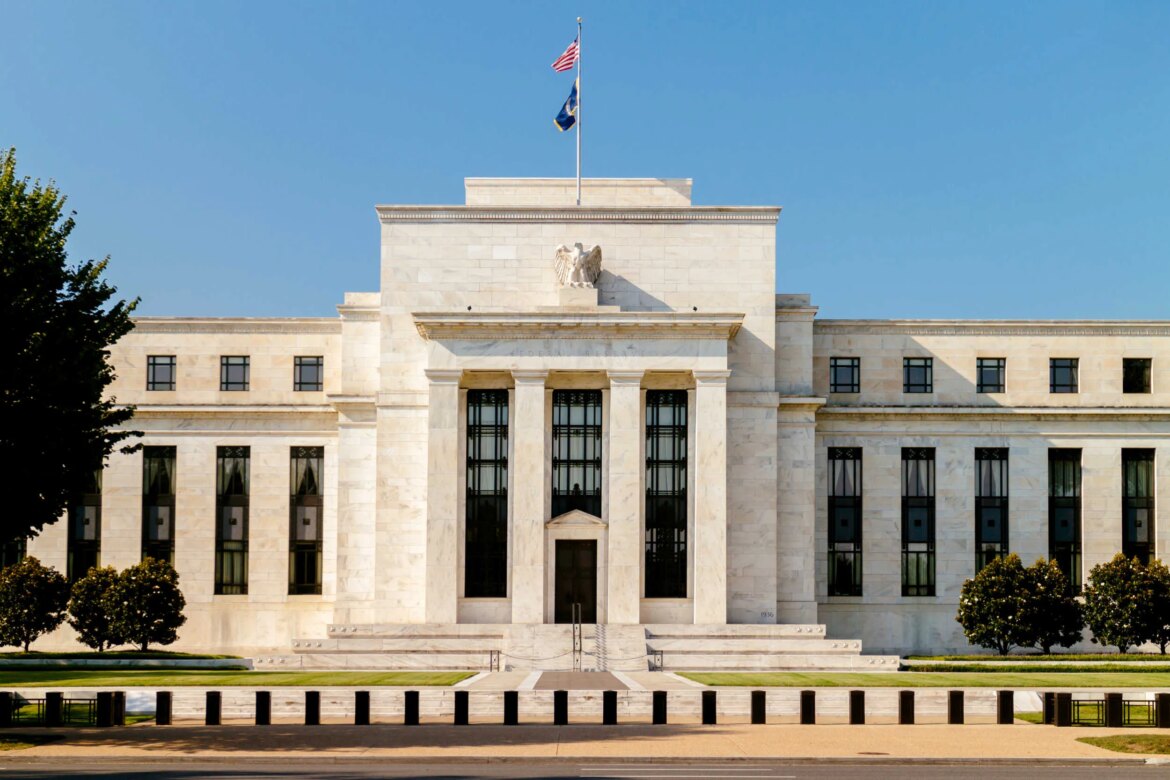U.S. Central Bank
The U.S. central bank is the Federal Reserve System (often referred to simply as the “Fed”). The Fed is a quasi-public institution, meaning it’s both public and private in nature, created by Congress to serve as the nation’s main regulator of financial institutions and provider of monetary policy with regard to money supply, interest rates and economic stability. The board of governors of the Federal Reserve System consists of seven members who are appointed by the President with Senate approval; they serve staggered 14-year terms intended to ensure continuity in control over time.
The mission of the Fed includes providing services such as banking supervision for all banks that hold deposits insured by federal deposit insurance corporations (FDICs). They also regulate state chartered banks that are members of FDICs but not part of other federal banking systems such as those operated by foreign governments or international organizations like World Bank or IMF (International Monetary Fund). Additionally, they monitor various activities related to consumer protection including truth-in-lending laws and fair credit reporting laws among others; provides payment services for government agencies through its Automated Clearing House system; serves as lender/custodian/depository for U.S Treasury securities; and sets reserve requirements applicable to depository institutions (including banks) which influence their ability lend money while protecting customer deposits from loss due to insolvency or fraud within certain limits set in place by law.
Finally, perhaps most importantly, they execute monetary policies established under authority granted directly from Congress via acts like the Federal Reserve Act and more recently Dodd–Frank Wall Street Reform & Consumer Protection act – these regulations have been put into place primarily for controlling inflation levels along side full employment objectives amongst other things .


